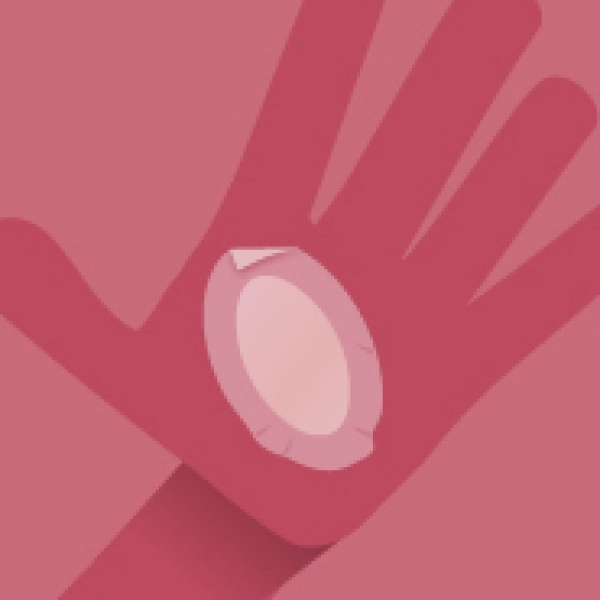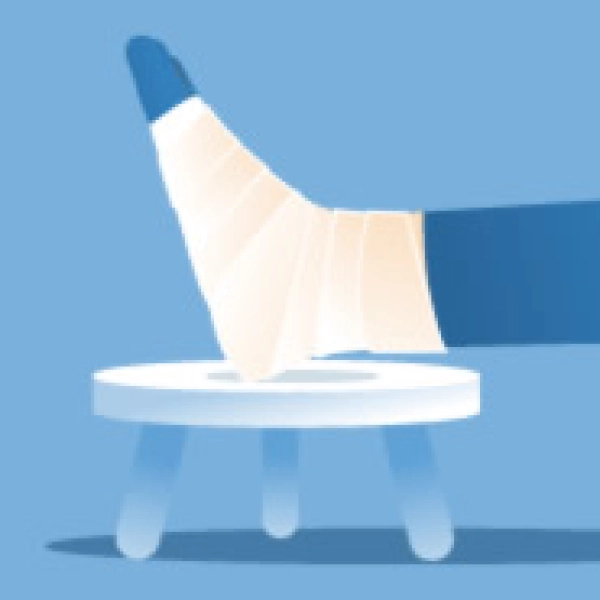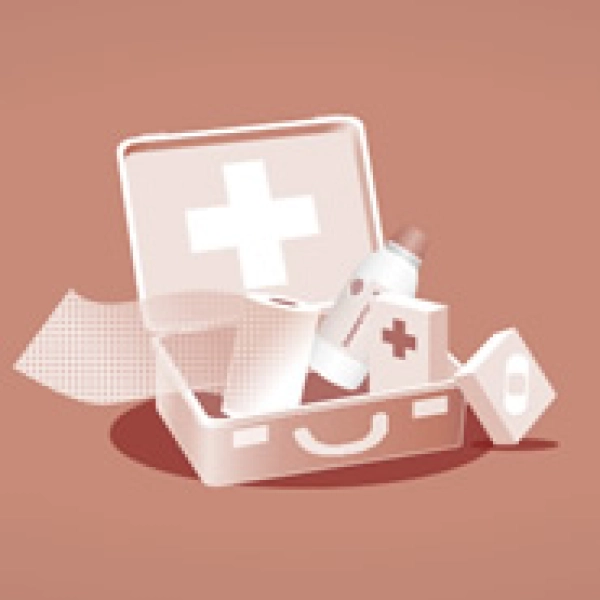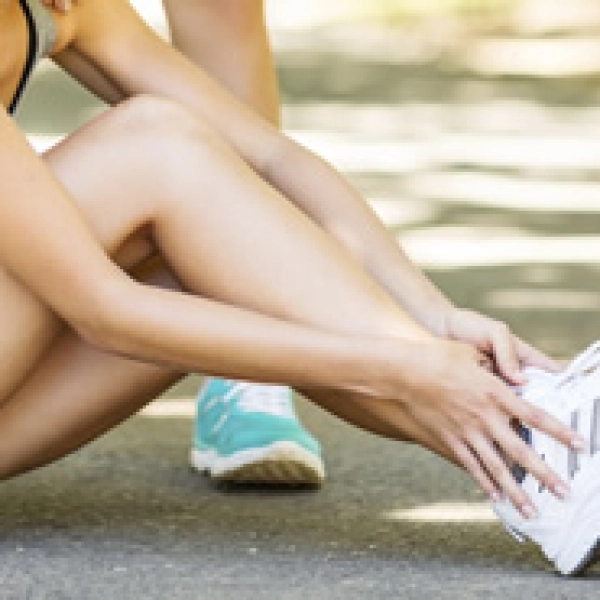Sprains can make your day go completely the wrong way
Sprains are part of everyday life; all you need to do is to place a foot wrongly on the pavement, or jerk a hand too hard and you've sprained an ankle, a knee or a wrist. In common usage it's also called 'twisting' and at the time it seems like the physical manifestation of a dose of bad luck, but it's actually one of the most common injuries that can happen. Some parts of the body are more prone to sprains, like ankles, knees and wrists.










